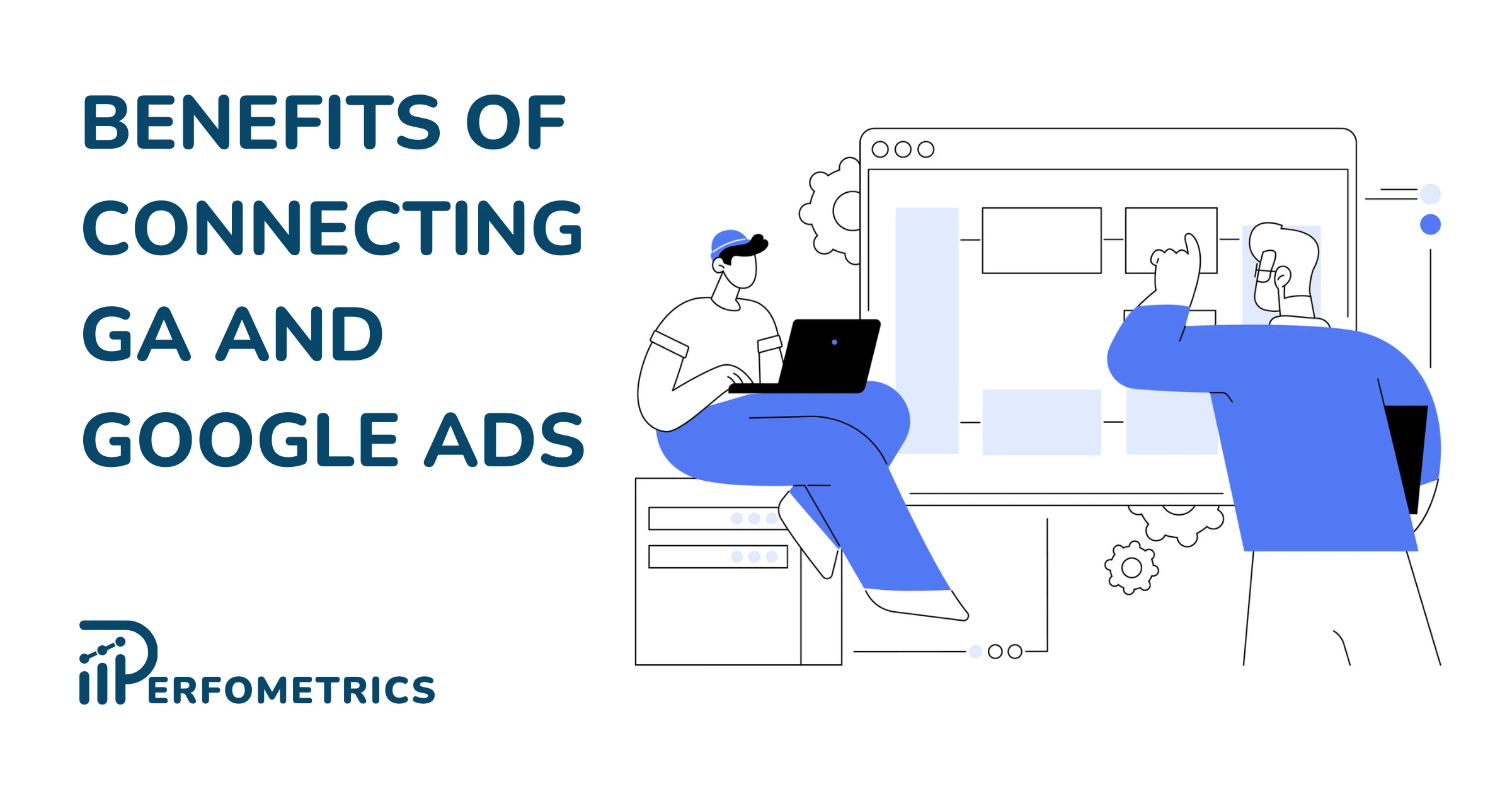5 Benefits of Connecting Google Analytics 4 and Google Ads

It’s not mandatory to connect your Google Ads and Google Analytics accounts. However, there are benefits to connecting these two platforms that it’s good to consider.
Let’s go through some of the main reasons you should consider connecting Google Analytics with Google Ads. This way you can make an informed choice on whether you find value in it or not.
Can Google Ads Work Without Google Analytics?
Yes, you can use Google Ads independently from Google Analytics. You can set up, track, and optimize your campaigns without any limitations.
However, by using both Google Ads and Google Analytics, you get access to a whole new set of consolidated data and reports.
When you link your Google Ads and Google Analytics accounts, you’ll be able to track the full customer journey, from how users interact with your ads to how they behave on your website.
For example, Google Analytics data can be used to create highly targeted remarketing lists in Google Ads, improving the chances of re-engaging potential customers. You can also use Google Analytics to identify areas where your website can be improved to increase conversions.
This way you can improve the overall performance of your campaigns and boost your advertising and marketing ROI.
Why Link Google Analytics 4 with Google Ads?
Imagine having a comprehensive view of your advertising campaigns and user interactions all in one place. By linking GA4 and Google Ads, you’ll gain the ability to track the complete customer journey, from the initial ad click to on-site behavior and conversions.
Here are 5 key benefits of linking GA4 and Google Ads accounts:
- Enhanced conversion tracking: You can import Analytics conversions into your Ads account. By combining data from Google Ads and GA4, you can accurately attribute conversions to specific ad campaigns, keywords, or placements. This insight helps you understand which advertising efforts are generating the most valuable results.
- Advanced event tracking: GA4 provides enhanced event tracking capabilities, allowing you to monitor user interactions with greater granularity. When linked with Google Ads, you can track events like video views, scroll depth, and button clicks, giving you a deeper understanding of user engagement.
- Powerful audience insights and targeting: Google Analytics 4 offers powerful audience segmentation tools. Linking it to Google Ads allows you to create custom audiences based on user behavior, enabling more precise ad targeting. You can also use Analytics audience data to boost your Google Ads remarketing campaigns. This means you can tailor your ads to specific audience segments for better engagement and higher conversion rates.
- Streamlined reporting: Linking these accounts simplifies reporting. You can see your campaigns in the Google Ads campaigns and Attribution reports. Your new Google Ads dimensions will be in the User acquisition report. By consolidating data from both platforms, you reduce the time and effort needed to assess campaign performance.
- Customer behavior: Metrics such as pages per session, engagement rate, and avg. time spent on page, become available on different levels in Google Ads. This can indicate the performance of the campaign and the accuracy of the targeting and page based on user behavior and interactions.
Our Final Thoughts
In conclusion, while it is possible to use Google Ads without Google Analytics, the integration of Analytics can significantly enhance the effectiveness of your advertising campaigns.
Analytics provides valuable insights into user behavior, in-depth tracking, and advanced attribution modeling that can help you make data-driven decisions to optimize your ad spend and improve ROI. Therefore, it is recommended to use Google Analytics alongside Google Ads for a more comprehensive and successful advertising strategy.
So, if you are serious about getting the most out of Google Ads, then you should link your Google Analytics account and start tracking your data.



